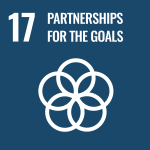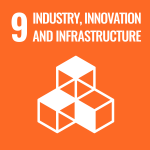Working together to create an EU hydrogen infrastructure
By using renewable hydrogen in German refineries, steel production and in other industrial facilities , it could be possible to avoid CO2 emissions of up to 14 million tonnes by 2030. This equals the emissions of over 3 million passenger vehicles driven for one year. It also shows how important it is for industries to work together to achieve the ultimate EU end goal of going climate neutral by 2050.
bp, Evonik, Nowega, OGE, RWE, Salzgitter Flachstahl and Thyssengas have formed a consortium to build a cross-border infrastructure for hydrogen – from the production of renewable hydrogen to transport and industrial use.
How does it all tie together? RWE produces renewable hydrogen via an 300 MW electrolysis plant using wind energy. From 2025 this will be used to supply industrial offtakers in the Ruhr area. Most of the transport will take place via existing gas grid lines, which will be converted to hydrogen transport infrastructure by Nowega and OGE. In 2025 RWE will integrate a cavern storage facility in Gronau-Epe, and in 2027 it is planned to extend the network to the Dutch border and to Duisburg to connect the Thyssenkrupp steelworks. By 2030, the network is to be extended to the Salzgitter steelworks and connected to other hydrogen networks.
The overall project can map the essential building blocks of the green hydrogen value chain and form the basis for an efficient European gas infrastructure for hydrogen.
Associated SDG targets




